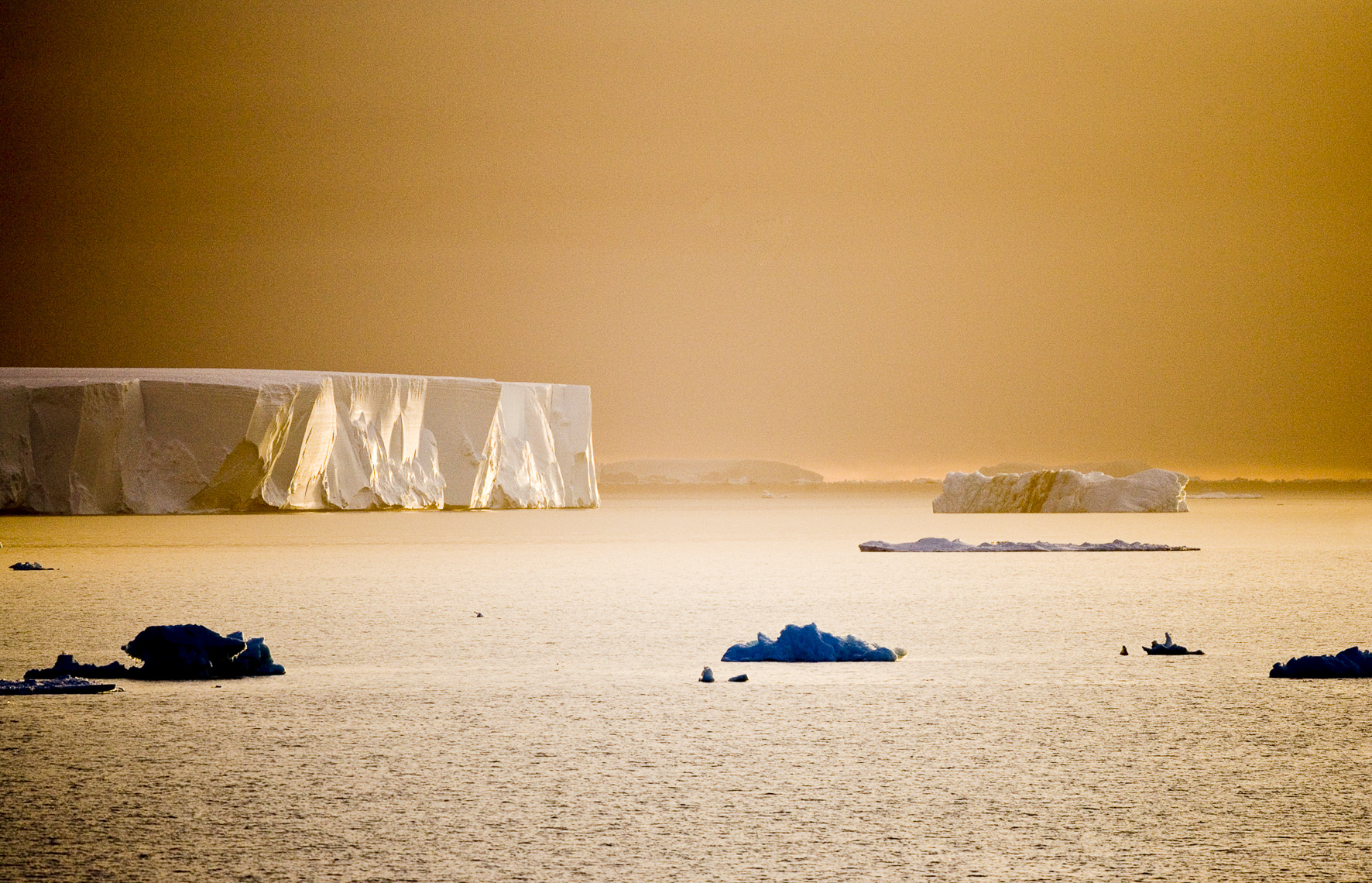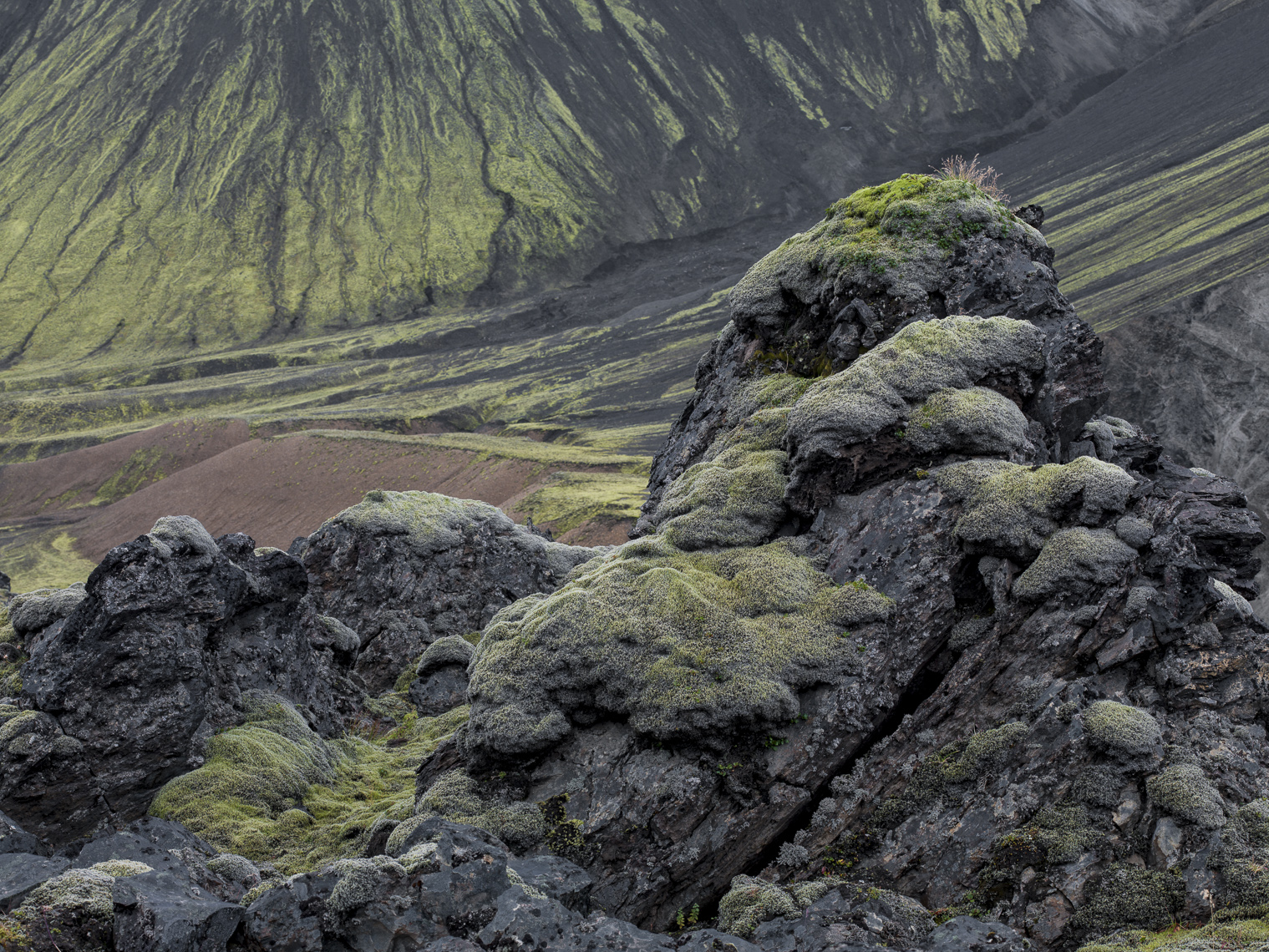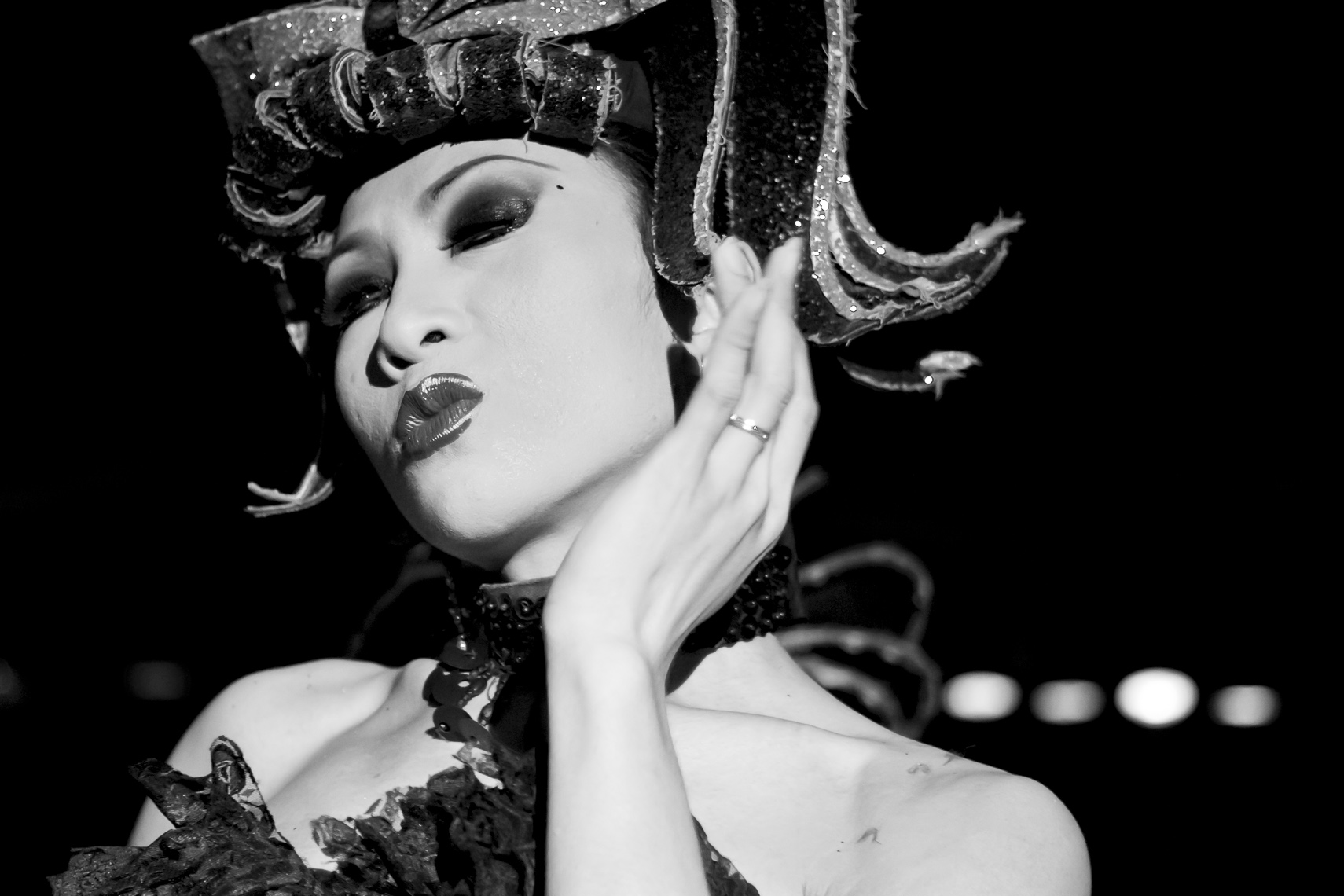- Published on
Q&A with James Martin

"Who are you, and what do you do?". That sounds like an existential question. My name is James Martin, and for the last 25 years I’ve been a photographer, writer, and photo tour leader. In that time I’ve produced 20 books, usually illustrated with my photographs, shot for Getty Images and other agencies, and led photo tours to Burma, Madagascar, Antarctica, and Africa. I enjoy tackling unique projects. For example, my last book was Planet Ice, which required me to travel, often on foot, to the Himalaya, Andes, Alps, and Alaska Range, to the Northern tip of Greenland, the Antarctic Peninsula, and to top of Africa, Kilimanjaro and the Mountains of the Moon. Now I’m completing a multi-year project concerning the lives of Thailand’s Ladyboys and am midway though a survey of religious practice around the world. I usually work on several projects simultaneously, a practice I picked up working with Art Wolfe.
Tools
I am camera agnostic. I’ve shot with old 35mm SLRs, rangefinders, digital medium format, and everything in between. I use what works. I find that Leica digital rangefinders fit my way of working much of the time, but for wildlife and some landscape, only a 500mm will do. Cameras are just tools, not artifacts. Pick the one that delivers the goods. That said, the Leica Monochrom is my favorite camera currently due ot its resolution, low noise at high ISOs, and lovely tonal gradations. Both Leica and Zeiss lenses are superb. When I’m traveling light, I add a Sony A7R to the kit with an adaptor for my Leica M mount lenses when the shoot calls for color.
Software
I do most of my work in Adobe Lightroom, supplemented by Photoshop CS6 and Nik plugins, especially Silver Effects.
Dream setup
I’d like a set of Leica’s Summilux lenses to go with my Monochrom. I shoot a lot at night, and f/1.4 is big help even with the high ISO capabilities of the camera. The background blur makes the subject pop in brighter light as well.
Inspiration
My work is driven by curiosity. When I shoot to produce something, I become bored quickly, but if I’m trying to discover a way to convey how I see or feel or think about that subject, I become engaged. For example, at first with my current ladyboy project, I shot in color, trying to use the flashy clothes, makeup, and settings as part of the story. Later, I decided that color distracted me from the people. Black and white, a kind of limit, drew the distinctions inherent in each character more clearly. It’s the difference between writing a saga and a short story. The limits can add power.
I almost always change my approach midstream. I try to find a way to see inside the subject even while hoping I’ll forget I’m shooting a subject, a way to make the concrete abstract. If I concentrate on light, tone, form, line, and movement, I am more likely to capture an image that evokes the subject in some special way.
To answer your question more directly, I find inspiration in things I don’t understand and by setting limits, which concentrates my approach. I try to avoid copying, but one acquires the language of one’s art from predecessors and contemporaries, and their influence is subterranean but powerful. I am impressed by the work of: Art Wolfe, Sebastiao Salgado, Nevada Wier, Steve McCurry, Henri Cartier-Bresson.





© James Martin